As with every other science, the first thing you must learn is to call everything by its proper name.
—Vicomte Sébastien de Valmont in Dangerous Liaisons
Move the thing! Um…that other thing!
—Vizzini, trying to give orders in The Princess Bride
That which we do not name, we cannot discuss. And like everything else, books have their own specialized vocabulary. Reading the comments on my first post here, I realized that some readers might benefit from a small visual dictionary of book-related terms. I’ll stick to features you’re likely to find on ordinary commercial book, but skip the ones that everyone generally knows (“paperback”, for instance).
I apologize in advance for the lack of Latin terms.
[Click here to be less like Vizzini and more like the Vicomte de Valmont.]
The six key terms for talking about a book are the six planes of its rectangular prism. They are derived from anatomical vocabulary.
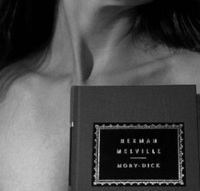 |
The front of the book is defined by the cover that the reader opens. |
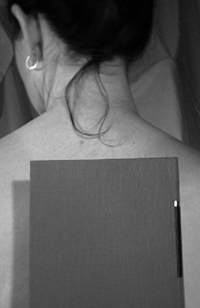 |
The back is the side opposite the front. |
 |
The head is the top of the book when it is held to be read. |
 |
The tail is the bottom of the book when it is held to be read. Books are generally stored with their tails resting on the shelf. |
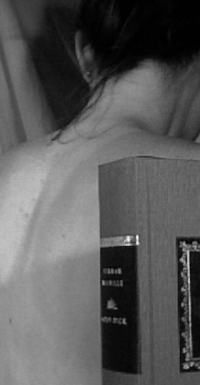 |
The spine is the vertical edge of the book where all of the pages are connected.
Western books generally have the spine on the left hand side of the front cover. Japanese and Arabic books both tend to have the spine on the right. |
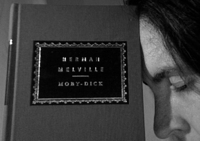 |
The fore edge is the vertical edge of the book opposite the spine, where the pages are unconnected. |
Once you can negotiate the geography of a book, a few more terms may be useful for discussing its features.
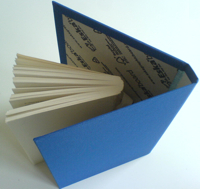 |
The inner part of the book, consisting of all the pages, is known as the book block.
The sheets of paper that make up the pages of a book are called the leaves. The hard cover of most commercially bound books is known as the case. Hand bound books may not be cased in, but that’s another world from what we’re looking at here. The hard front and back covers of a book are called the boards. This dates back to when they were made of wood. |
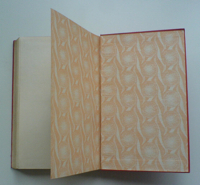 |
The pages at the beginning and end of a book are called the endpapers or the endsheets. They are frequently colored, patterned or marbled.
The endsheet that is attached to the board is referred to as the pastedown. The endsheet that is free of the boards is called the flyleaf. |
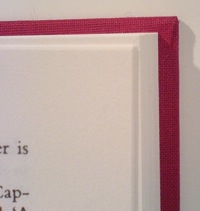 |
The edges of the cover that extend beyond the edges of the book block in a hardcover book are called the squares. |
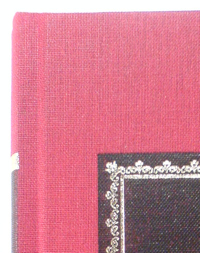 |
The groove along the spine edge of the covers is called either the French groove or the American groove. (They are, for all intents and purposes, the same thing.) The groove is formed by the gap between the spine edge of the board and the spine, and forms the hinge that allows the book to open.
Some older styles of hand bound books don’t have them. Just so you know. |
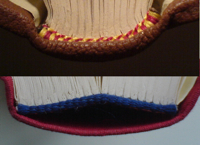 |
There are two kinds of spines.
A book where the spine cover is attached to the spine of the book block is said to have a tight back or a flexible binding. Most paperbacks have tight backs. A book where the spine cover is not attached to the spine of the book block is said to have a hollow back. Most hard cover books have these. The colorful strip at the spine edge of the book block is called a headband. The upper one shown is sewn onto the book; the lower one is glued on. |
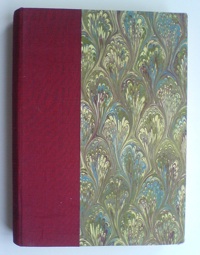 |
A book with leather or cloth on the spine and a weaker covering material (usually paper) everywhere else is said to have a quarter binding. |
 |
A book with leather or cloth on the spine and corners and a weaker covering material elsewhere has a half binding.
(Books with the same material all over have full bindings, but that term is generally only used of leather.) |
Now you can amaze your friends with your astounding book-related knowledge! Go forth and describe books.










